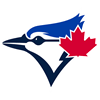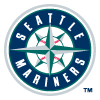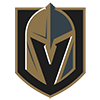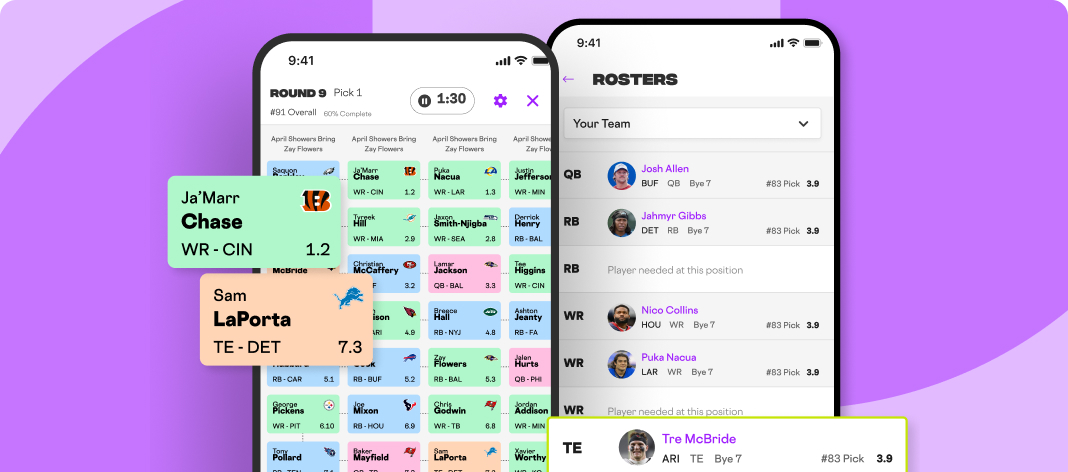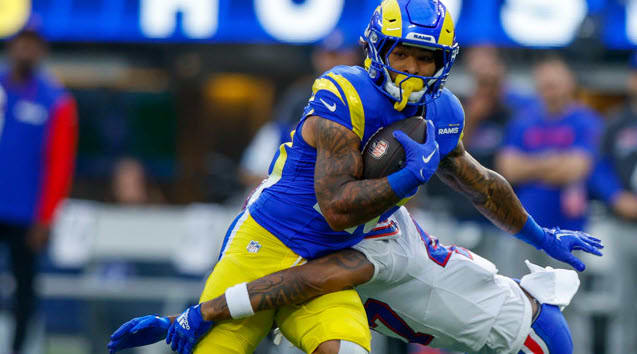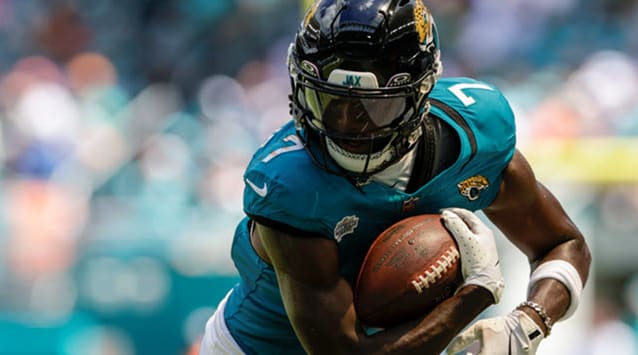In every fantasy draft, there's a moment when the clock is ticking, your top target is gone and panic starts to set in. That's when bad picks happen. The secret to avoiding those costly mistakes? Preparation and practice, something you can perfect with the RotoWire Mock Draft Simulator tool.
Why Panic Picks Happen in Fantasy Drafts
Panic picks don't come out of nowhere, they're the product of common draft-day situations that catch managers off guard. Even veteran players can fall into the trap if they're not prepared for unexpected changes in the draft board. Using a draft assistant helps, but the goal is not to panic in the first place.
Here are some of the biggest reasons panic picks happen in fantasy football draft settings:
- You're caught off-guard by a positional run. Maybe you were waiting on a quarterback for a later round but suddenly five QBs go off the board in eight picks. You feel like you have to react, even if it means reaching.
- Your top choice, that great pick you'd been eyeing, gets taken right before your turn. You've built your plan around one target and when they're gone, you're scrambling.
- You feel unprepared for what's left on the board. When you haven't thought through fallback options, you're more likely to reach for a name you recognize instead of a player who actually fits your roster needs.
When emotion overrides logic, your carefully built strategy can crumble in seconds, and those rushed decisions often lead to regrettable picks that linger on your roster all season.
Common Triggers That Lead to Bad Decisions
Understanding why panic picks happen is the first step to avoiding them. Let's look at the most frequent triggers and how they affect your draft:
- Draft Runs: These happen when multiple managers draft the same position in rapid succession. They create a fear of missing out (FOMO) that can cause you to reach. Example: A tight end run starts in Round 6 and instead of taking the RB you planned for, you grab a TE you don't really love just because you're afraid the position will dry up.
- Over-Attachment to Targets: It's fine to have favorite players but if your entire round plan is built around one name, you're vulnerable if one of the other managers "snipes" that pick. When that player is gone, you may lunge for the next "similar" player without considering value.
- Time Pressure: The shorter the draft timer, the more likely managers are to default to recognizable names instead of making data-driven choices. This is especially dangerous with live in-person drafts, where distractions add to the pressure.
How Mock Drafts Train You to Stay Calm

The best way to avoid panic is to simulate the pressure before it matters. By running repeated simulations, you expose yourself to dozens of scenarios and outcomes. You'll practice:
- Drafting when your top targets are gone.
- Responding to sudden positional runs.
- Rebuilding your plan mid-draft without sacrificing roster quality.
This repetition teaches you that there's always another path to success even when things don't go according to plan and how to better utilize your fantasy football cheat sheet. Over time, you'll stop reacting emotionally and start adjusting strategically.
Fast Decision-Making Under Time Pressure
In a real draft, you rarely have time to deliberate, even if you are armed with custom fantasy football rankings. Mock drafting teaches you to make quick, confident decisions without panic. Here's how it sharpens your skills:
- Scanning Positional Tiers: You'll learn to quickly assess who's left at each position and how steep the next drop-off in talent will be. Having fantasy football rankings at the ready helps.
- Spotting Value Gaps: You'll get better at recognizing when the best value is at a position you didn't expect to draft in that round.
- Knowing When to Pivot: If the WR tier you wanted is gone, you'll have the mental flexibility to switch to RB or TE without hesitation.
By the time your real draft comes, these skills will feel automatic.
Building a Backup Plan for Every Pick
Another way to beat panic is to create "plan B" and "plan C" lists for each round during mock drafts. This approach means that if your first choice is gone, you already know your next move.
Example for Round 4:
- Plan A: Target a WR2 with upside (e.g., Marvin Harrison Jr.).
- Plan B: If top WRs are gone, pivot to RB depth.
- Plan C: If value drops at QB, grab a top-5 option early.
Practicing these fallback scenarios in the simulator ensures you always have a plan no matter how the board shifts.
Translating Mock Draft Confidence to the Real Thing
Confidence is the antidote to panic. When you've run 20, 30 or even 50 mock drafts against realistic opponents, you've seen it all.
You've experienced:
- Star players being taken right before your turn.
- Runs on positions you planned to target.
- Needing to completely pivot your draft strategy mid-way through the selection process.
In each case, you've found solutions and that repetition builds the calm, methodical mindset you need when the real draft clock is ticking.
Panic picks are a symptom of unpreparedness, not bad luck. If you've put in the reps and used the Rotowire draft kit, then nothing on draft day will surprise you, not a positional run, not an injury announcement, not even your league rival sniping your favorite sleeper.
The RotoWire Mock Draft Simulator is your training ground. It gives you unlimited realistic drafts to practice your strategy, test your adaptability and master the mental game of fantasy football.










